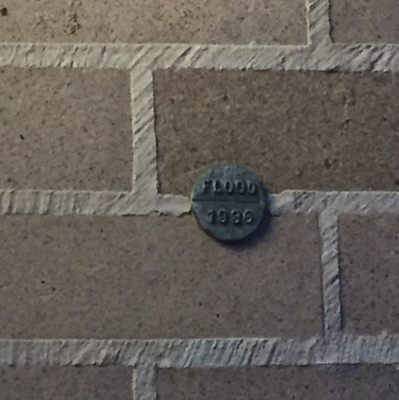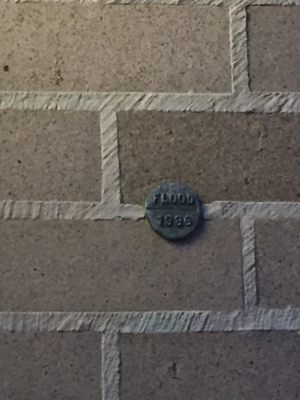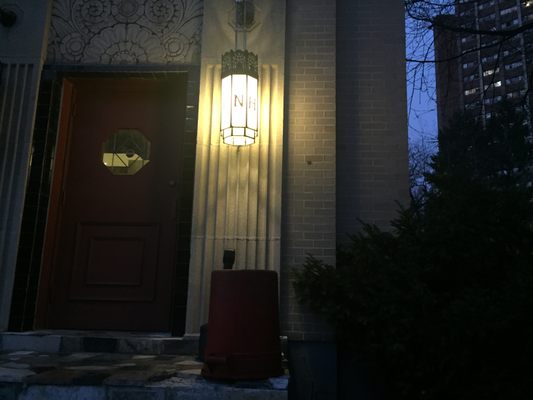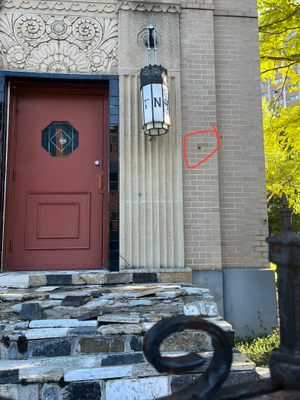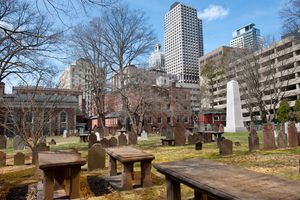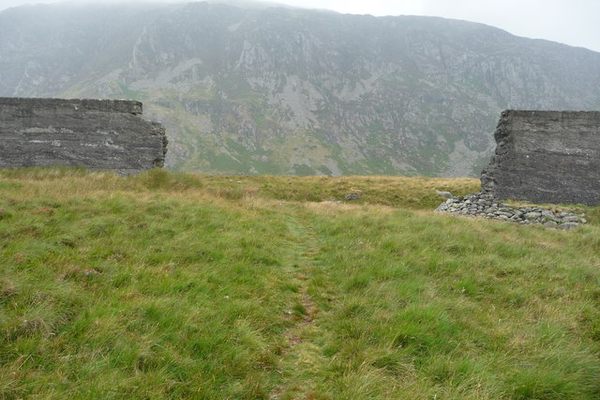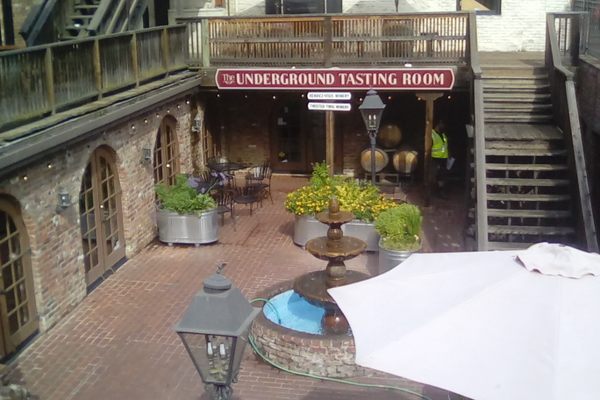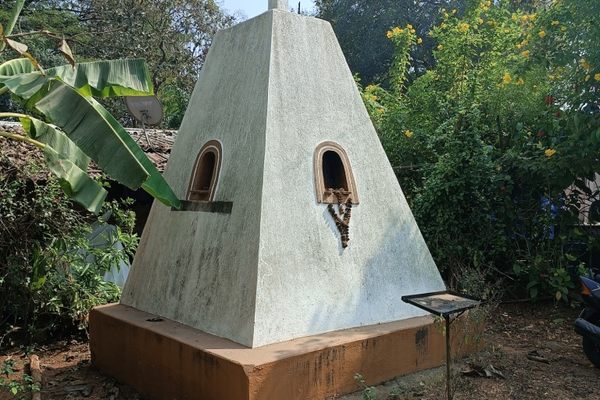About
Extremely tiny and all but forgotten, this last surviving private flood marker on the Polish National Home in Hartford marks how high the waters rose in the Connecticut River flood of 1936.
The Polish National Home, a beautiful Art Deco stone building built in 1930, is flecked with the last known 1936 flood marker. It’s almost impossible to notice, unless one is specifically looking for it. The doors on the front of the building are no longer used, and the marker isn’t legible from the street.
The marker, which reads “Flood 1936,” is about the size of a quarter. A line in the middle of the small circle represents the height where the water rose.
Though it's small, the marker commemorates a mighty disaster. In March of 1936, there were unusually strong rains in Hartford and the surrounding areas. The melting snow from an especially harsh winter helped fill the Connecticut River to its bursting point. The resulting flood nearly wiped out the city.
Afterward, President Franklin D. Roosevelt sent the Army Corps of Engineers to the city to build flood walls, channels, and levees. The Flood Control Act of 1936 aimed to make sure such a catastrophic disaster never happened again.
As the floodwaters receded and Hartford rebuilt, memorials were placed on many of the buildings. Individuals marked where the floodwaters rose on their houses and businesses. But, as time went on, those tiny memorials were painted over or lost. Now, decades later, this tiny coin is the only one left.
Related Tags
Know Before You Go
If you approach the marker from the front of the building you will not be able to see it as the gate is locked, but to the left of the building is a parking lot. Pull into the parking lot and drive all the way around to the other side of the building. If you park there you can walk up to the entrance on the other side of the fence and gate and see the marker. This is private property and there is video surveillance. If there isn’t an event and plenty of parking and you are respectful, nobody ever seems to mind.
Community Contributors
Added By
Published
December 6, 2017
